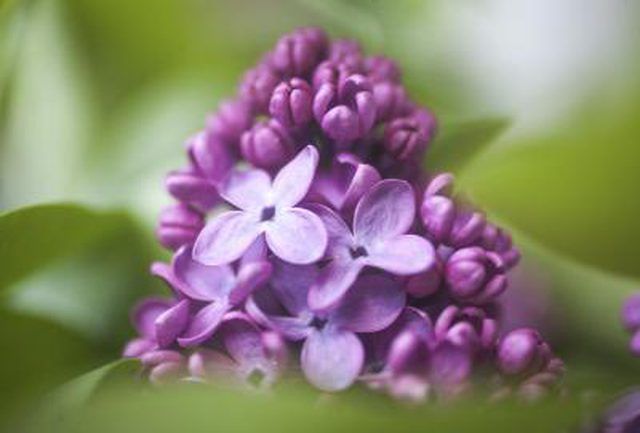Bulbs
Flower Basics
Flower Beds & Specialty Gardens
Flower Garden
Garden Furniture
Garden Gnomes
Garden Seeds
Garden Sheds
Garden Statues
Garden Tools & Supplies
Gardening Basics
Green & Organic
Groundcovers & Vines
Growing Annuals
Growing Basil
Growing Beans
Growing Berries
Growing Blueberries
Growing Cactus
Growing Corn
Growing Cotton
Growing Edibles
Growing Flowers
Growing Garlic
Growing Grapes
Growing Grass
Growing Herbs
Growing Jasmine
Growing Mint
Growing Mushrooms
Orchids
Growing Peanuts
Growing Perennials
Growing Plants
Growing Rosemary
Growing Roses
Growing Strawberries
Growing Sunflowers
Growing Thyme
Growing Tomatoes
Growing Tulips
Growing Vegetables
Herb Basics
Herb Garden
Indoor Growing
Landscaping Basics
Landscaping Patios
Landscaping Plants
Landscaping Shrubs
Landscaping Trees
Landscaping Walks & Pathways
Lawn Basics
Lawn Maintenance
Lawn Mowers
Lawn Ornaments
Lawn Planting
Lawn Tools
Outdoor Growing
Overall Landscape Planning
Pests, Weeds & Problems
Plant Basics
Rock Garden
Rose Garden
Shrubs
Soil
Specialty Gardens
Trees
Vegetable Garden
Yard Maintenance
How to Fertilize Lilac Bushes
How to Fertilize Lilac Bushes. Known for their large, fragrant panicles of spring flowers, lilac bushes grow best in fertile soil, but giving them too much fertilizer can reduce blooming. Common lilac (Syringa vulgaris), Chinese lilac (Syringa × chinensis) and Meyer lilac (Syringa meyeri), which is a compact form of this large shrub, all grow...

Known for their large, fragrant panicles of spring flowers, lilac bushes grow best in fertile soil, but giving them too much fertilizer can reduce blooming. Common lilac (Syringa vulgaris), Chinese lilac (Syringa ? chinensis) and Meyer lilac (Syringa meyeri), which is a compact form of this large shrub, all grow in U.S. Department of Agriculture plant hardiness zones 3 through 7. Most lilacs require a period of cold winter weather to prompt flower formation, but some cultivars bloom in warm climates.
Newly Planted Lilacs
Superphosphate and bone meal help young lilac bushes establish. Supplying the plant nutrient phosphorous, both superphosphate and bone meal promote root growth in lilacs. Superphosphate is a manufactured fertilizer and bone meal is a natural product. Mix 1/2 cup of superphosphate or bone meal into the soil removed from the planting holes when planting lilacs. If the soil is clay or sand, mix in equal parts compost or peat moss, to improve the growing conditions. You don't need to add an amendment for loamy soil. Sprinkle a slow-release 18-6-12 fertilizer beneath the lilacs' branches at a rate of 2 ounces per 4 square feet four weeks after planting.
Established Lilacs
Slow-growing, established lilacs benefit from a yearly application of fertilizer. Vigorously growing lilacs require no fertilizer, but an annual dressing of a low-nitrogen fertilizer helps boost growth in slow-growing shrubs. Common lilac grows more slowly than hybrid lilacs. Fertilize lilacs in mid-fall or early spring, applying 1/2 pound of a 5-10-10 fertilizer per 25 square feet beneath the shrubs' branches. The first figure on the list of three figures indicates the amount of nitrogen in a fertilizer product. Don't apply fertilizers that display a figure greater than 20 because high levels of nitrogen cause leafy growth at the expense of blooming and in extreme cases can kill lilacs.
Organic Fertilizers
Organic fertilizers offer a low-nitrogen alternative to commercial products for feeding lilac bushes. As well as shading out weeds and helping to conserve soil moisture, garden compost, leaf mold and other organic mulches are low in nitrogen and reduce the risk of encouraging excessive leafy growth in lilacs. They also depend on microbe activity to release their nutrients to the soil, so lilacs receive a steady, low-level supply throughout the growing season. Spread a 3/4-inch layer of garden compost around lilac bushes, avoiding the stems, in fall, and top up the compost as it breaks down throughout the year.
Lilacs That Aren't Blooming
A lilac that isn't blooming probably doesn't need fertilizer. Immaturity, too much shade and incorrect pruning are the main causes of lilacs failing to bloom. Many lilac varieties don't flower until the shrubs are 5 to 7 years old, and all lilacs require direct sun for at least five hours a day to prompt flowering. Pruning lilacs at any time other than immediately after flowering also reduces blooms the following year by removing developing flower buds.